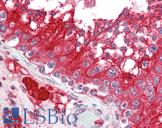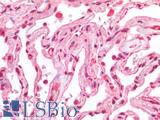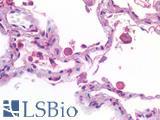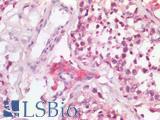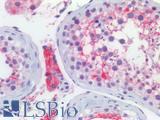Login
Registration enables users to use special features of this website, such as past
order histories, retained contact details for faster checkout, review submissions, and special promotions.
order histories, retained contact details for faster checkout, review submissions, and special promotions.
Forgot password?
Registration enables users to use special features of this website, such as past
order histories, retained contact details for faster checkout, review submissions, and special promotions.
order histories, retained contact details for faster checkout, review submissions, and special promotions.
Quick Order
Products
Antibodies
ELISA and Assay Kits
Research Areas
Infectious Disease
Resources
Purchasing
Reference Material
Contact Us
Locations
Orders Processing,
Shipping & Receiving,
Warehouse
2 Shaker Rd Suites
B001/B101
Shirley, MA 01464
Production Lab
Floor 6, Suite 620
20700 44th Avenue W
Lynnwood, WA 98036
Telephone Numbers
Tel: +1 (206) 374-1102
Fax: +1 (206) 577-4565
Contact Us
Additional Contact Details
Login
Registration enables users to use special features of this website, such as past
order histories, retained contact details for faster checkout, review submissions, and special promotions.
order histories, retained contact details for faster checkout, review submissions, and special promotions.
Forgot password?
Registration enables users to use special features of this website, such as past
order histories, retained contact details for faster checkout, review submissions, and special promotions.
order histories, retained contact details for faster checkout, review submissions, and special promotions.
Quick Order
| Catalog Number | Size | Price |
|---|---|---|
| LS-B3197-0.05 | 0.05 mg (1 mg/ml) | $545 |
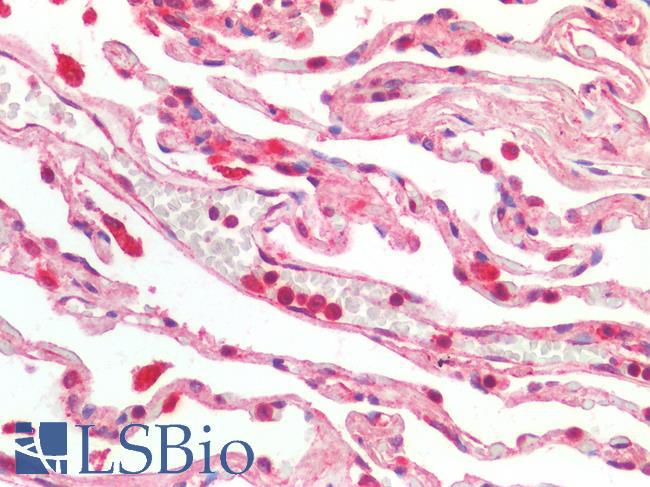
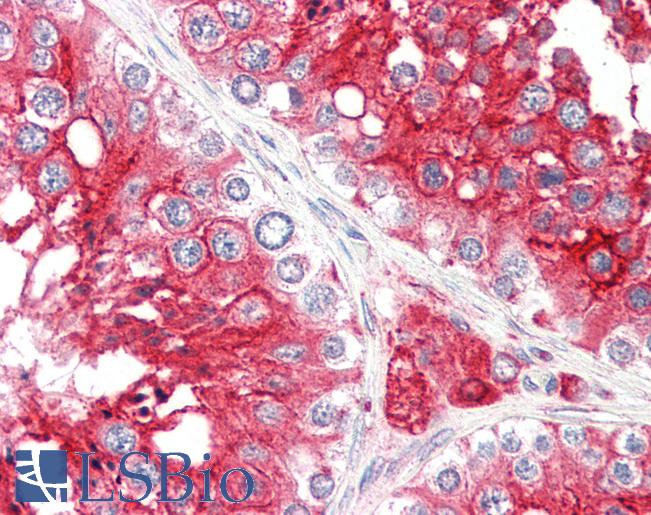
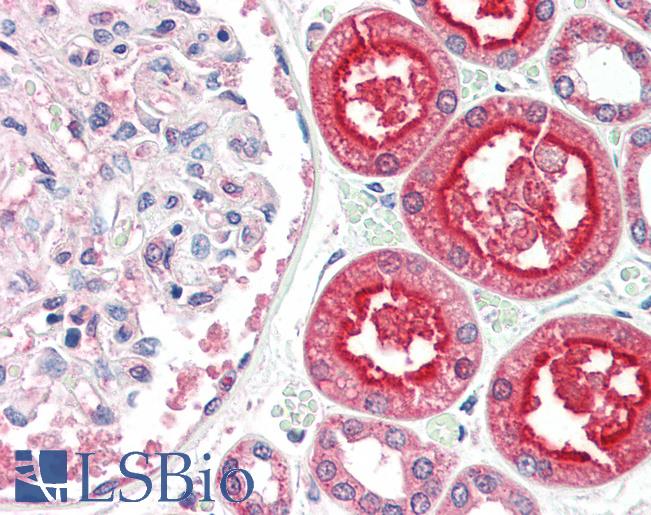
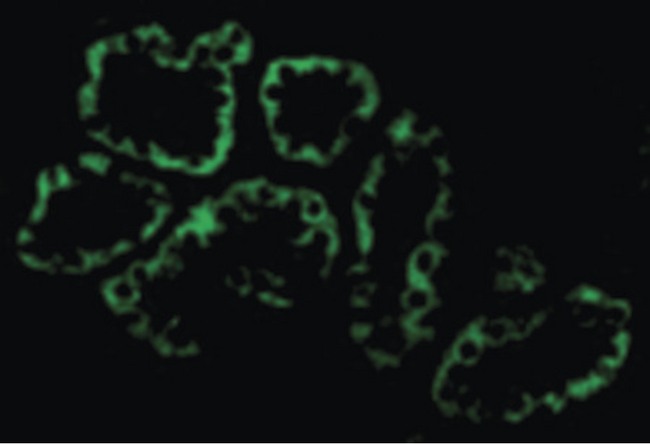
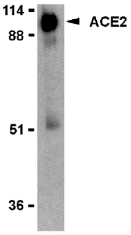





1 of 5
2 of 5
3 of 5
4 of 5
5 of 5
PathPlus™ Polyclonal Rabbit anti‑Human ACE2 / ACE‑2 Antibody (IHC, IF, WB) LS‑B3197
PathPlus™ Polyclonal Rabbit anti‑Human ACE2 / ACE‑2 Antibody (IHC, IF, WB) LS‑B3197
Note: This antibody replaces LS-C349
Antibody:
ACE2 / ACE-2 Rabbit anti-Human Polyclonal Antibody
Application:
IHC-P, IF, WB, ELISA
Reactivity:
Human
Format:
Unconjugated, Unmodified
Toll Free North America
 206-374-1102
206-374-1102
For Research Use Only
Overview
Antibody:
ACE2 / ACE-2 Rabbit anti-Human Polyclonal Antibody
Application:
IHC-P, IF, WB, ELISA
Reactivity:
Human
Format:
Unconjugated, Unmodified
Specifications
Description
Angiotensin-Converting Enzyme 2 (ACE2) is a transmembrane protein found in the lungs, intestines, heart, kidney, liver and arteries that plays a central role in vascular, renal, and myocardial physiology. The normal function of ACE2 is to convert the inactive vasoconstrictor angiotensin I (AngI) to Ang1-9 and the active form AngII to Ang1-7. It is involved in controlling vascular function including blood pressure, and absence of ACE2 expression in ace2-/ace2- mice leads to severely reduced cardiac contractility, indicating its importance in regulating heart function. ACE2 is also the primary attachment receptor for HCoV-N63, SARS-CoV and SARS-CoV-2. The S1 portion of the coronavirus spike protein attaches to ACE2 presented on the host cell surface. The SARS-CoV-2 virus targets pneumocytes and macrophages expressing ACE2 in the lung, and it is believed to infect ACE2-positive cells in other tissues including the gastrointestinal tract and potentially the liver (in cholangiocytes).
Hoffmann et al., 2020, Cell. 181, 1–10. April 16, 2020, DOI: 10.1016/j.cell.2020.02.052; Zhou, P et al. Nature.579, 270–273 (2020). DOI: 10.1038/s41586-020-2012-7; Xiaoqiang Chai et al. bioRxiv 2020.02.03.931766, DOI: 10.1101/2020.02.03.931766; Tikellis, Chris, and M C Thomas. Int J Pep. vol. 2012 (2012): 256294. doi:10.1155/2012/256294; Wrap et al. Science, 13 Mar 2020:Vol. 367, Issue 6483, pp. 1260-1263. DOI: 10.1126/science.abb2507;
Target
Human ACE2 / ACE-2
Synonyms
ACE2 | ACE-related carboxypeptidase | ACEH | Metalloprotease MPROT15 | SARS-CoV2 Coronavirus Receptor | SARS-CoV-2 Coronavirus Receptor | COVID-19 viral receptor
Host
Rabbit
Reactivity
Human
(tested or 100% immunogen sequence identity)
Predicted
Mouse, Rat (at least 90% immunogen sequence identity)
Clonality
IgG
Polyclonal
Conjugations
Unconjugated
Purification
Peptide Column Affinity Chromatography
Modifications
Unmodified
Immunogen
A synthetic peptide corresponding to amino acids near the center of human ACE2. The immunogen is located within aa 150-200 of ACE2.
Specificity
Anti-ACE2 has no cross response to ACE1.
Applications
- IHC - Paraffin (2.5 µg/ml)
- Immunofluorescence
- Western blot (0.5 - 2 µg/ml)
- ELISA
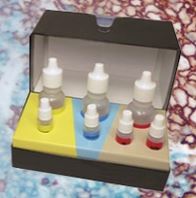
|
Performing IHC? See our complete line of Immunohistochemistry Reagents including antigen retrieval solutions, blocking agents
ABC Detection Kits and polymers, biotinylated secondary antibodies, substrates and more.
|
Usage
ACE2 antibody can be used for the detection of ACE2 by Western blot at 0.5 to 2 ug/mL. A 90 kDa band can be detected. Antibody can also be used for immunohistochemistry starting at 2 ug/mL. For immunofluorescence start at 20 ug/mL. Antibody validated: Western Blot in human samples; Immunohistochemistry in human samples and Immunofluorescence in human samples. All other applications and species not yet tested. Western Blot:
Presentation
PBS containing 0.02% Sodium Azide
Storage
Store at 4°C for up 3 months. Store at -20°C for up to 1 year. Avoid freeze/thaw cycles.
Restrictions
For research use only. Intended for use by laboratory professionals.
About ACE2 / ACE-2
Validation
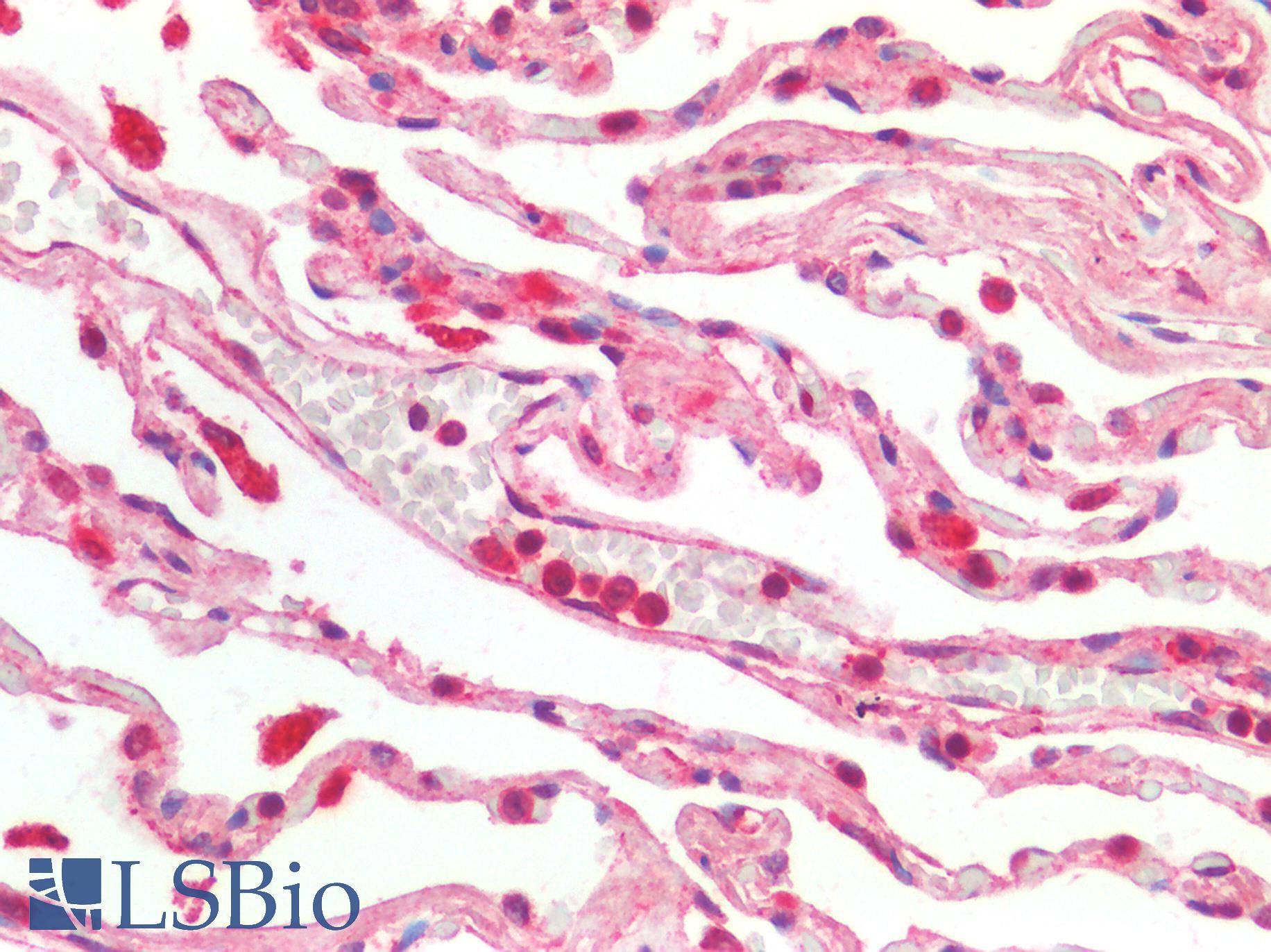
Human Lung: Formalin-Fixed, Paraffin-Embedded (FFPE)
Human Lung: Formalin-Fixed, Paraffin-Embedded (FFPE)
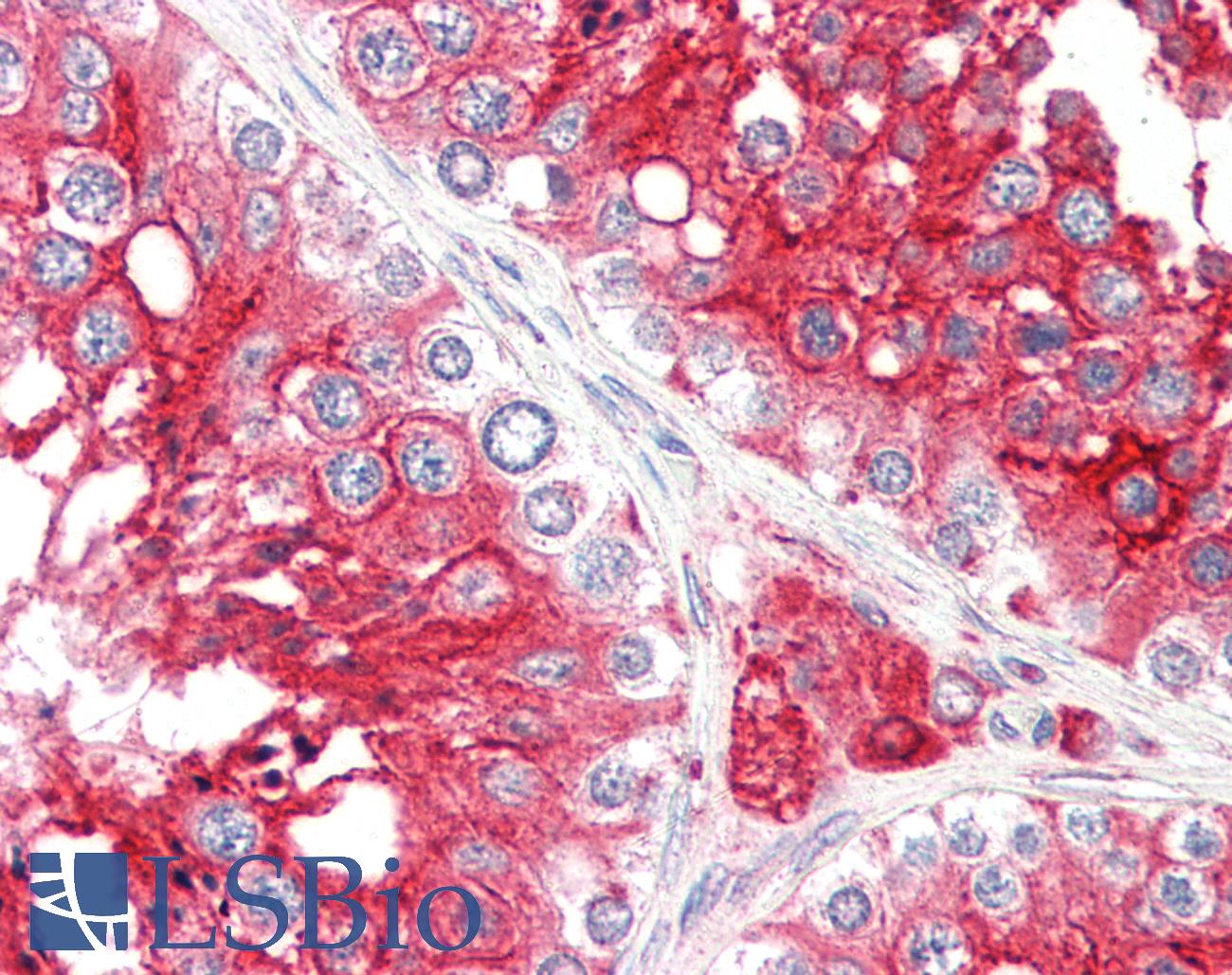
Anti-ACE-2 antibody IHC of human testis. Immunohistochemistry of formalin-fixed, paraffin-embedded tissue after heat-induced antigen retrieval. Antibody concentration 5 ug/ml.
Anti-ACE-2 antibody IHC of human testis. Immunohistochemistry of formalin-fixed, paraffin-embedded tissue after heat-induced antigen retrieval. Antibody concentration 5 ug/ml.
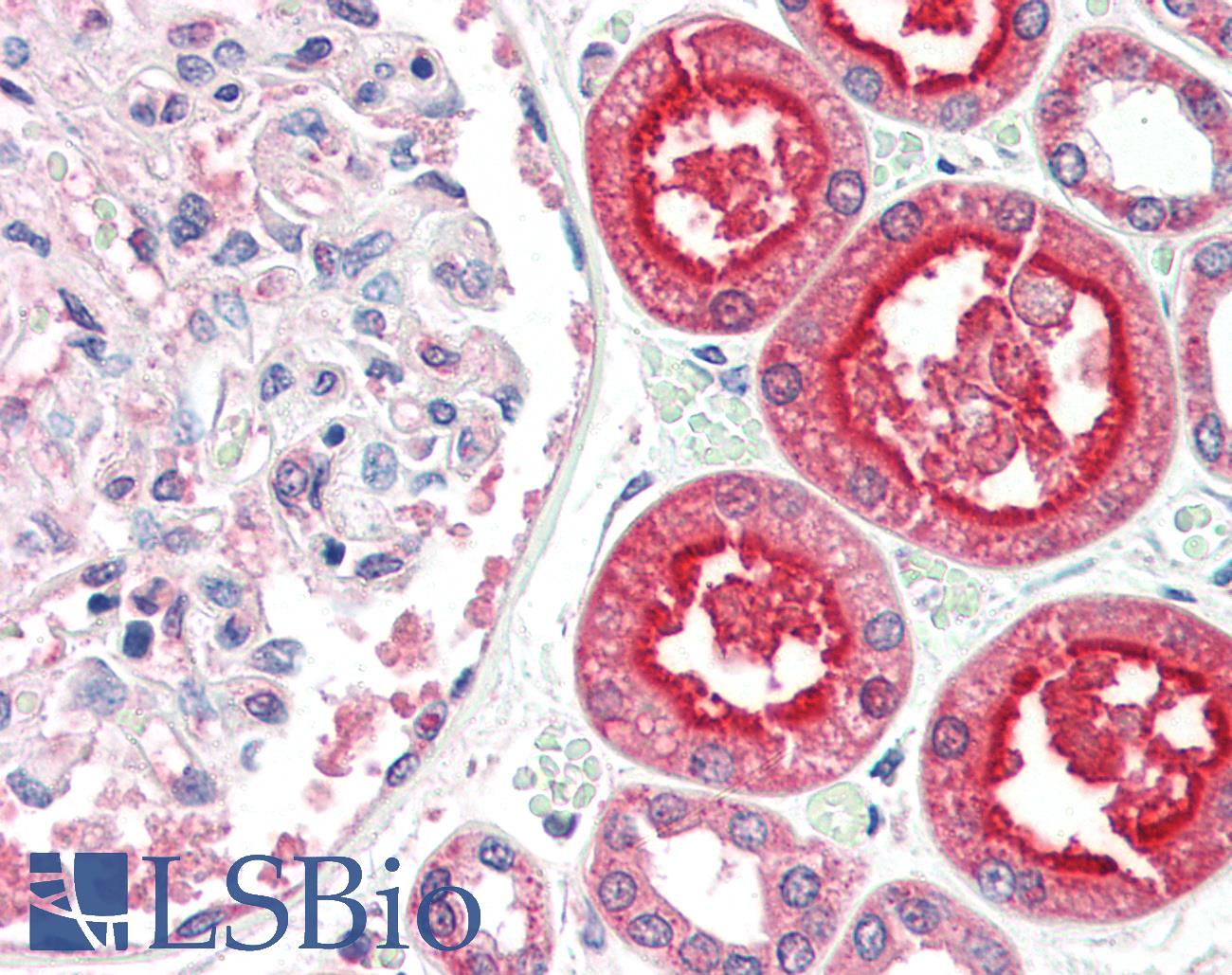
Anti-ACE-2 antibody IHC of human kidney. Immunohistochemistry of formalin-fixed, paraffin-embedded tissue after heat-induced antigen retrieval. Antibody concentration 5 ug/ml.
Anti-ACE-2 antibody IHC of human kidney. Immunohistochemistry of formalin-fixed, paraffin-embedded tissue after heat-induced antigen retrieval. Antibody concentration 5 ug/ml.
See More About...
LSBio Ratings
PathPlus™ ACE2 / ACE-2 Antibody for IHC, IF/Immunofluorescence, WB/Western, ELISA LS-B3197 has an LSBio Rating of
Publications (4)
Laboratory Validation Score (5)
Learn more about The LSBio Ratings Algorithm
Publications (1)
Pancreatic angiotensin-converting enzyme 2 improves glycemia in angiotensin II-infused mice. Chhabra KH, Xia H, Pedersen KB, Speth RC, Lazartigues E. American journal of physiology. Endocrinology and metabolism. 2013 Apr;304:E874-84.
Customer Reviews (0)
Featured Products
Species:
Human
Applications:
IHC, IHC - Paraffin, Immunofluorescence, Western blot, ELISA
Species:
Human, Mouse
Applications:
IHC - Paraffin, Immunofluorescence, Western blot, ELISA
Species:
Human, Rat
Applications:
IHC, IHC - Paraffin, Western blot
Species:
Human
Applications:
IHC - Paraffin, Western blot, ELISA
Species:
Human, Mouse
Applications:
IHC - Paraffin, Immunofluorescence, Western blot, ELISA
Request SDS/MSDS
To request an SDS/MSDS form for this product, please contact our Technical Support department at:
Technical.Support@LSBio.com
Requested From: United States
Date Requested: 9/19/2024
Date Requested: 9/19/2024


